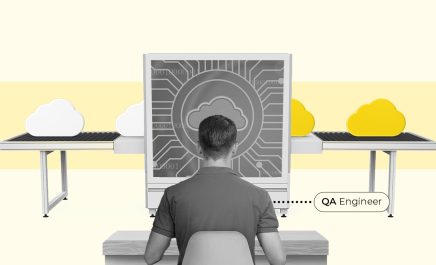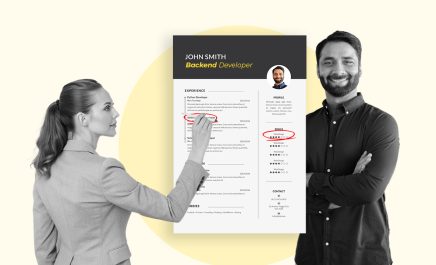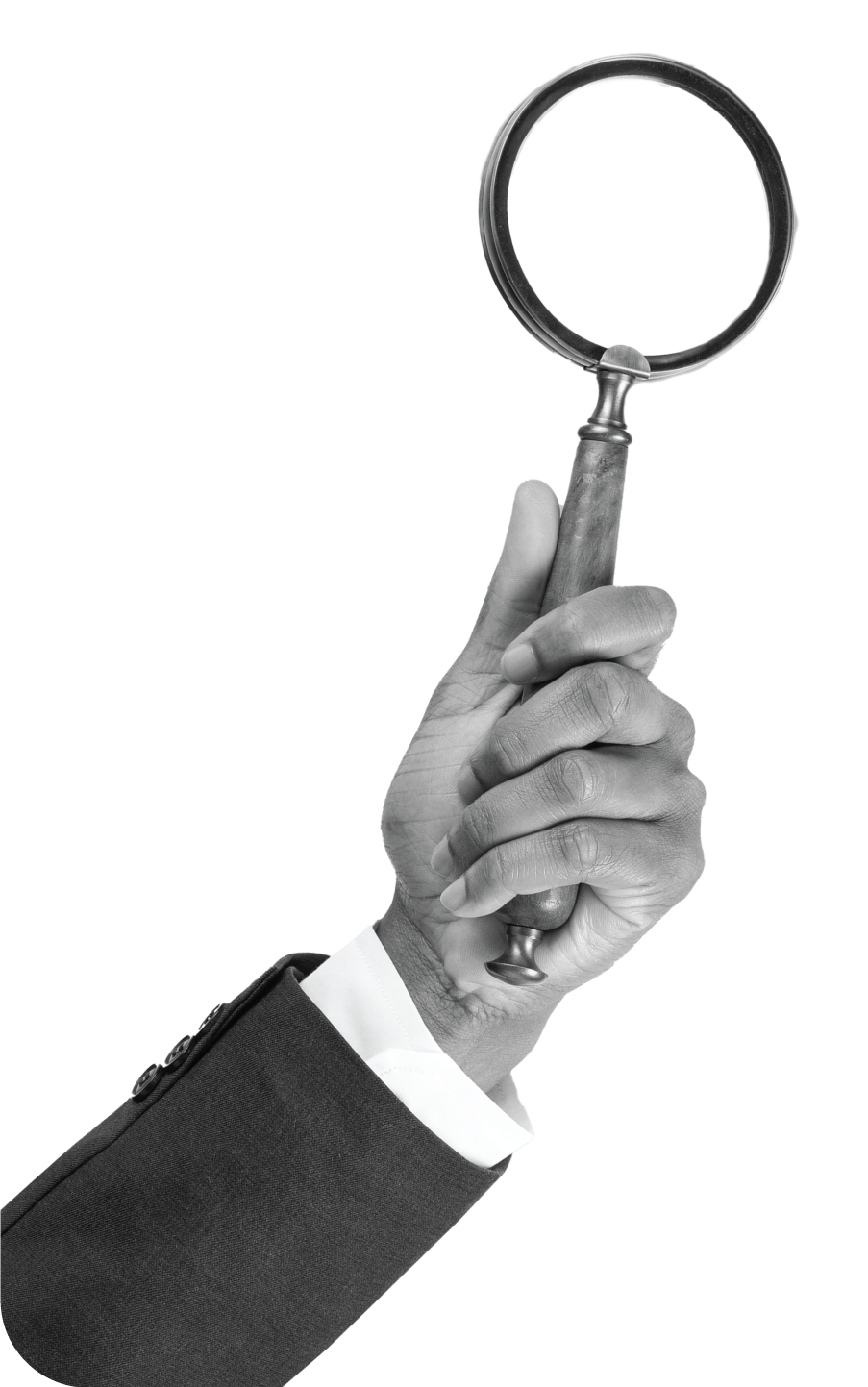The QA Engineer Blueprint: Best Practices to Maintain Quality and Reliability in SaaS Environments
- Prachi Shah
- February 6, 2025
- 4 Minute Read
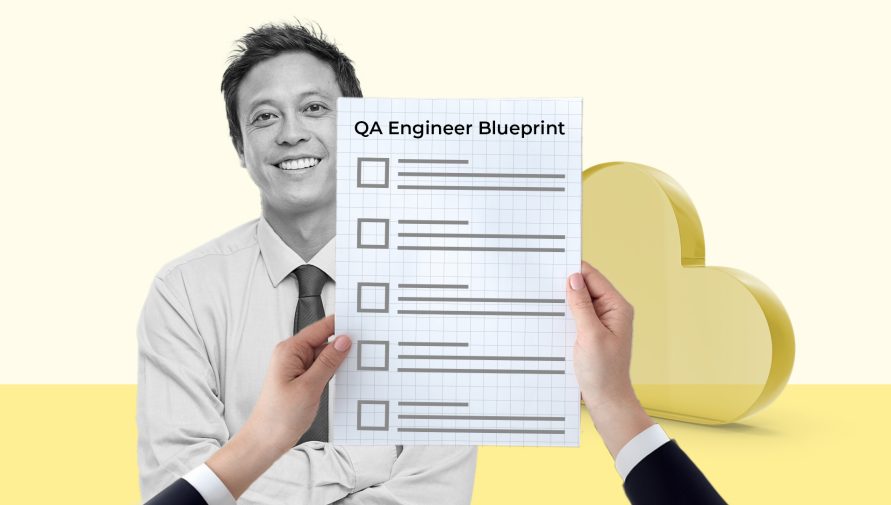
As the competition in the SaaS industry rises a notch higher, quality is not an option—it is a need. Despite having advanced features, your product will fail if users face bugs, crashes, or a poor user experience.
This is where hiring QA engineers comes into the picture. It ensures that not only does your software function but that it does so correctly, constantly, and dependably.
Nevertheless, the process of hiring a suitable QA engineer can be overly complex. The process goes beyond ticking off technical skills on a checklist. It’s about finding recruiting experts who think critically, solve issues instantly, and work collectively with your team.
Let’s talk about building a QA team with best practices for QA hiring in SaaS!
Understanding the Role of QA Engineers in SaaS
QA engineers have more responsibilities than being just testers—they’re the quality custodians of your SaaS product. Their job role comprises ensuring reliability, usability, and a stellar user experience.
Ensuring Product Quality
QA engineers are your first line of defense against errors and malfunctions. To make sure your product meets and goes beyond user expectations, they thoroughly evaluate each feature and functionality.
Did you know? When using an app, 88% of users would quit if they had a negative experience. QA engineers make sure that this doesn’t happen to your software.
Maintaining Reliability
SaaS products are based on trust. No matter the load, users expect your program to function flawlessly around the clock. Whether there is an unexpected server rush or high traffic during a campaign, QA engineers make sure your product can withstand the strain.
Enhancing User Experience
QA is not just about functionality; it’s about usability. Engineers simulate user scenarios to ensure intuitive interfaces, smooth workflows, and minimal friction. The result? Happier users who stick around.
Defining Clear Job Requirements
Hiring the best QA engineer usually begins with defining what you require. A well-defined job description is your primary step toward attracting top-tier talent.
Technical Skills
- Expertise in testing tools like Selenium, Appium, and Postman.
- Knowledge of scripting languages like Python, Java, or JavaScript for automation.
- Familiarity with version control tools like Git and CI/CD pipelines.
Experience
- Prior experience hiring QA in SaaS environments is invaluable. SaaS products demand knowledge of subscription models, multi-tenant architectures, and frequent updates.
- Look for candidates who have managed end-to-end testing, from manual scenarios to complex automated frameworks.
Soft Skills
- Attention to detail is non-negotiable; QA is about catching what others miss.
- Problem-solving abilities to address tricky, often unpredictable challenges.
- Collaboration skills to work exceptionally across divisions—developers, designers, and product supervisors.
QA Hiring Mistakes to Avoid
Hiring mistakes don’t just cost money—they cost credibility. Here’s what to avoid when building your QA team:
Overemphasis on Certifications
Certifications like ISTQB can be impressive, but they’re not everything. Real-world experience matters more. A candidate who’s tackled complex SaaS testing scenarios is often more valuable than one with a wall full of certifications.
Neglecting Cultural Fit
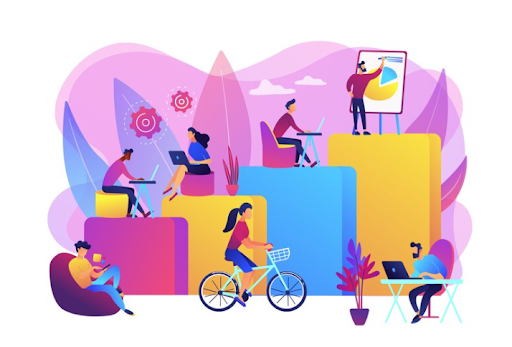
QA engineers often collaborate across departments, making cultural fit essential. A technically skilled candidate who can’t communicate effectively with developers or PMs may cause more friction than progress.
Inadequate Practical Assessments
Interviews can only reveal so much. Instead, assign practical tasks, such as identifying bugs in a simulated SaaS environment or creating a test plan for a new feature. These exercises showcase a candidate’s approach and skillset in action.
Implementing Effective QA Strategies
A talented QA engineer is only as effective as the strategies they employ. Equip your team with the right tools and methodologies to ensure success.
Comprehensive Testing
- Cover all testing layers: unit, integration, system, and regression testing.
- For SaaS products, compatibility testing across browsers and devices is essential to ensure consistency.
Test Automation
- Automating repetitive tasks accelerates testing and reduces manual errors.
- Tools like Selenium, TestComplete, and Appium are your QA team’s best friends for automation.
Continuous Integration and Continuous Testing
- Integrate QA into your CI/CD pipeline. This ensures bugs are caught early, and fixes are deployed faster.
- Frequent testing during development reduces surprises during release.
Performance Monitoring
- Scalability is critical for SaaS. QA engineers simulate high-traffic scenarios to ensure your product performs under pressure.
- Tools like Apache JMeter and New Relic help identify and address bottlenecks.
70% of users abandon an app if it’s too slow. QA engineers ensure your product stays swift and responsive.
Measuring QA Effectiveness
A strong QA process is data-driven. To assess your team’s performance, rely on measurable metrics:
Defect Density
Track the number of bugs per module or feature. A lower defect density indicates better development practices and thorough testing.
Test Coverage
Measure the extent to which tests cover your code or features. Higher test coverage means fewer hidden issues.
User Feedback
Listen to your users post-launch. App store reviews, support tickets, and Net Promoter Scores (NPS) are invaluable indicators of quality.
Conclusion
Choosing the right QA engineer is like planting seeds for your SaaS’s future. Every detail matters, from crafting clear job specs to avoiding hiring blunders. A stellar QA team doesn’t just resolve bugs; they create a product that users adore and trust.
Focusing on practical evaluations, cultural fit, and impactful QA approaches like automation and constant testing can help you create a dream team that will improve your SaaS product to new heights.
Ready to make your next hire? Use this blueprint as your guide to hire QA engineers and set your product up for success.
Frequently Asked Questionss
What are the key responsibilities of a QA engineer in a SaaS environment?
Ans: QA engineers ensure your product’s quality, reliability, and user experience by identifying and resolving issues before they reach your users.
Why is defining clear job requirements crucial when hiring QA engineers?
Ans: Clear job requirements help you attract candidates with the right mix of technical expertise, SaaS experience, and soft skills, minimizing mismatches.
How can practical assessments improve the QA hiring process?
Ans: Practical assessments help you determine a candidate’s analytical aptitudes and problem-solving abilities. This ensures that the candidate you recruit is well-versed in handling complex SaaS challenges.
What are common mistakes to avoid when hiring QA engineers?
Ans: When hiring QA engineers, you must avoid overemphasizing certifications, neglecting cultural fit, and skipping practical assessments.
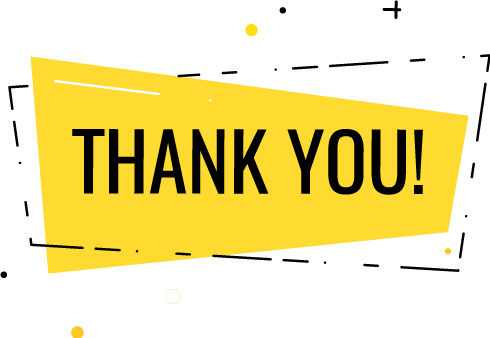
Thank you for submitting the details!
We will keep your information safe. Feel free to contact us with any questions at hello@uplers.com
Please check your email for next steps shared by Robert.
